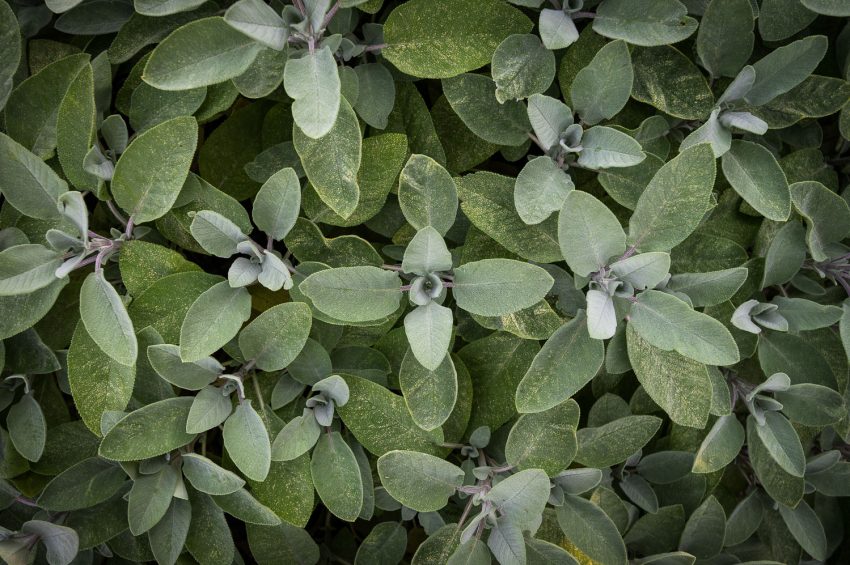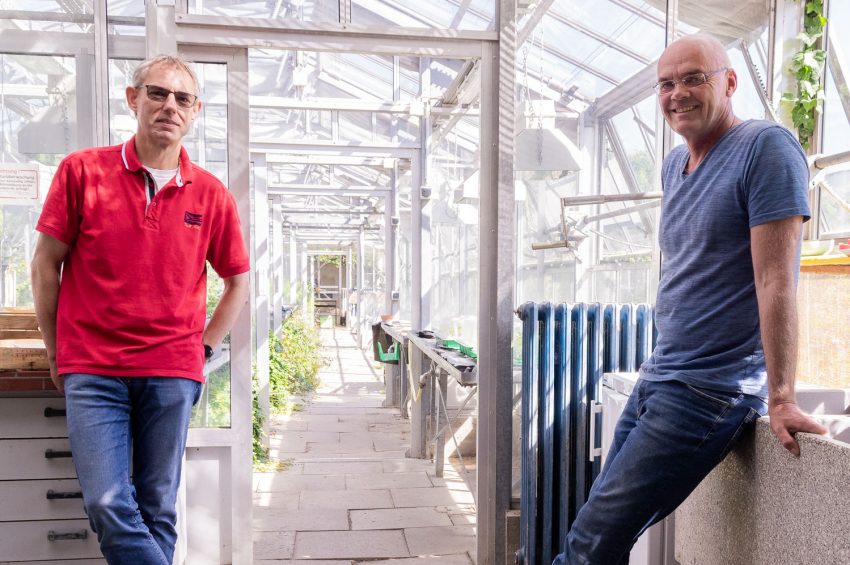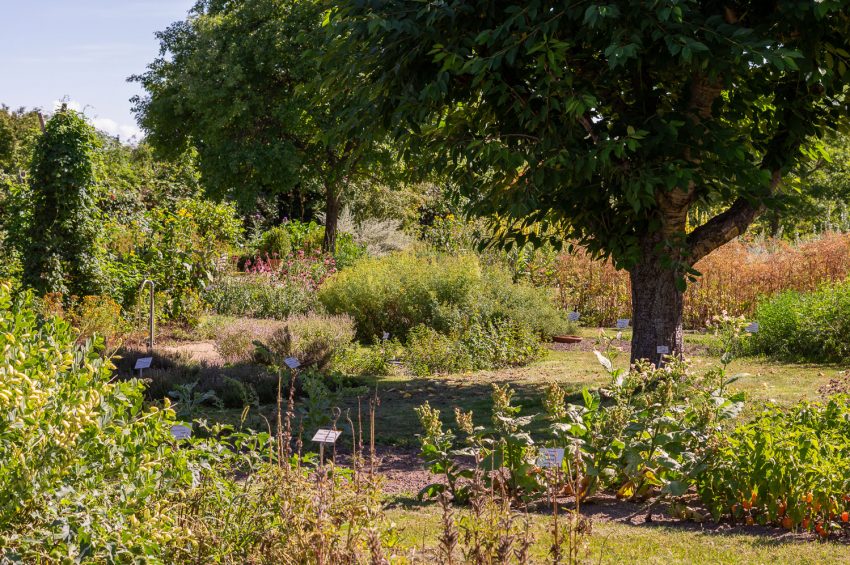Picture of the Month: Herbal Active Agents From the Medicinal Plant Garden of the Institute for Pharmaceutical Biology
Oblong, grey-green leaves and a spicy, aromatic scent are characteristic of the plant that can be seen in our picture of the month August. The common sage, or Salvia officinalis, grows in the Medicinal Plant Garden of the Institute for Pharmaceutical Biology at Technische Universität Braunschweig. It is one of about 200 species of medicinal plants cultivated there.

The leaves of Salvia officinalis contain various active ingredients. Picture credits: Markus Hörster/TU Braunschweig
Medicinal plants are plants that have a scientifically proven effect. “They are used in so-called phytotherapy, or herbal medicine, as components of herbal medicines,” explains Dr. Rainer Lindigkeit, pharmacist and scientific director of the Medicinal Plant Garden.
Salvia officinalis
The effect of sage has been known since ancient times. The plant originates from the Mediterranean region and was an integral part of medieval monastery gardens in Germany. The leaves of the sage contain various active ingredients such as essential oil, lamiacea tanning agents and flavonoids. Sage extracts have anti-inflammatory and bactericidal effects. They are used, for example, as a solution for gargling in cases of inflammation in the mouth and throat area. The dried leaves are also used for the preparation of teas, which are used against excessive sweating and for light gastrointestinal problems.

Rainer Lindigkeit and Burkhard Bohne in the greenhouse of the Medicinal Plant Garden. Picture credits: Markus Hörster/TU Braunschweig
The site determines the active ingredients
Location plays a special role for medicinal plants: different locations and harvest times can result in different concentrations of active ingredients. Burkhard Bohne, master gardener and technical director of the Medicinal Plant Garden, therefore recommends finding a suitable location for the plant when cultivating sage in your own garden or balcony: “Common sage requires permeable, calcareous soil in a sunny, warm location. It is planted at intervals of 30 to 40 centimetres and can remain in position for several years. The sage is harvested shortly before flowering. Young leaves are used fresh or dried.”

View of the Medicinal Plant Garden. Picture credits: Markus Hörster/TU Braunschweig
A teaching garden for those interested
In the Medicinal Plant Garden, pharmacy students, but also interested visitors, are given an overview of native and foreign medicinal, aromatic and poisonous plants that can be cultivated here. The plants are divided into active ingredients and grow on an area of about 2,000 square metres. “The Medicinal Plant Garden fits in very well with our university’s research focus on Infection and Therapeutics. Here, students learn about active plant ingredients in practical applications. At the same time, we are able to communicate the topic of active ingredients to interested laypeople in a clear and vivid way,” says Rainer Lindigkeit. And Burkhard Bohne adds: “What makes the garden so popular with our visitors is the mixture of information on active ingredients and the tips we provide on cultivation and care”.
